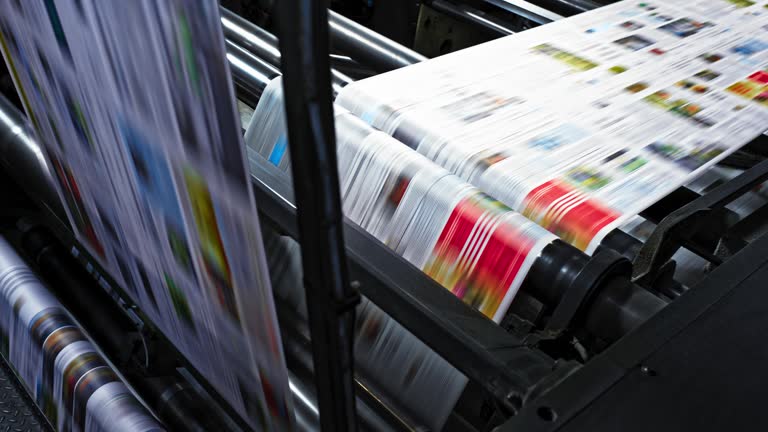In today’s world, the focus on sustainability is paramount, and the printing industry is no exception. Offset printing sustainability practices are increasingly significant as businesses and consumers alike seek to reduce their environmental footprint. This article delves into various practices that make offset printing more sustainable, ensuring that this traditional printing method aligns with modern environmental goals.

The Importance of Sustainable Printing
Sustainable printing is not just a trend; it’s a necessity. As awareness about climate change and environmental degradation grows, industries are under pressure to adopt more eco-friendly practices. Printing, traditionally known for its heavy reliance on resources like paper and ink, needs to transform to remain viable in an eco-conscious market.
What is Offset Printing?
Offset printing is a widely-used printing technique where the inked image is transferred (or ‘offset’) from a plate to a rubber blanket, then to the printing surface. This method is particularly known for its high-quality print results and cost-effectiveness in large volume printing. However, its traditional processes have not always been environmentally friendly.
Benefits of Offset Printing
Offset printing offers several benefits, including high image quality, cost-effectiveness for large print runs, and versatility in printing on various surfaces. These advantages make it a popular choice for businesses needing high-volume print materials.
Explore offset printing for magazines to understand how this method can benefit your business publications.
Challenges in Offset Printing Sustainability
The primary challenge in offset printing sustainability lies in its traditional reliance on non-renewable resources and chemicals. The industry must innovate to address these challenges, which include high energy consumption, chemical use, and waste generation.
Environmental Impact
The environmental impact of offset printing traditionally includes significant waste production and energy use. These factors contribute to a larger carbon footprint, posing challenges for sustainability.
Learn more about sustainable practices in newsletter printing to see how offset printing is evolving.
Key Sustainability Practices in Offset Printing
To mitigate environmental impacts, the offset printing industry has adopted several sustainability practices. These practices focus on reducing resource consumption, enhancing recycling efforts, and minimizing waste.
Use of Recycled Paper
One of the most effective ways to enhance sustainability is by using recycled paper. This practice reduces the demand for virgin paper, conserving forests and reducing waste.
Vegetable-Based Inks
Switching to vegetable-based inks from traditional petroleum-based inks is another crucial sustainability practice. These inks are less harmful to the environment and easier to break down during recycling.
Energy Efficiency in Printing Operations
Printing facilities are increasingly investing in energy-efficient machinery and processes. This investment reduces energy consumption, leading to lower greenhouse gas emissions.
Renewable Energy Sources
Some printing companies are turning to renewable energy sources, such as solar and wind power, to further reduce their carbon footprint.
Reducing Waste in Printing
Reducing waste is a critical component of sustainable offset printing. This involves efficient use of materials and recycling wherever possible.
Recycling Initiatives
Implementing comprehensive recycling initiatives helps minimize waste. This includes recycling paper, plates, and other materials used in the printing process.
Check out sustainable business card options to see how you can make eco-friendly choices in your print materials.
Future of Sustainable Offset Printing
The future of offset printing is bright, with ongoing innovations aimed at further reducing its environmental impact. Technological advancements and increased awareness are driving this change.
Innovations in Printing Technology
New technologies are being developed to make offset printing even more sustainable. These innovations include waterless printing and digital enhancements that reduce resource use.
Explore the differences between offset and digital printing to understand how technological advancements are shaping the industry’s future.

FAQs
What are the main benefits of using recycled paper in offset printing?
Using recycled paper helps conserve natural resources, reduces waste, and minimizes the environmental impact of paper production, making it a key component of sustainable printing practices.
How do vegetable-based inks contribute to sustainability?
Vegetable-based inks are made from renewable resources and are less toxic than traditional inks, making them more environmentally friendly and easier to recycle.
Why is energy efficiency important in printing operations?
Energy efficiency reduces the consumption of non-renewable resources and decreases greenhouse gas emissions, contributing to a smaller carbon footprint for printing operations.
This article contains affiliate links. We may earn a commission at no extra cost to you.







